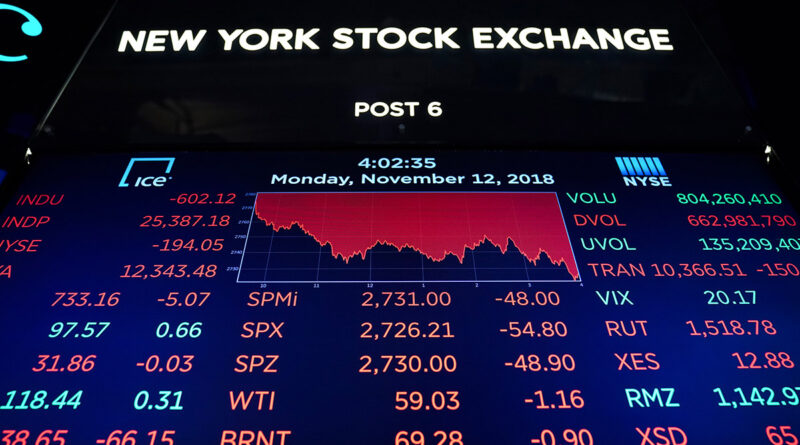Investing 101 for Teenagers
It’s never too early to begin investing your money, whether it’s $5 or $500 dollars. You may think investing is too much work or far too complex, but it’s actually quite simple. Once you start, you’ll learn the importance of your money growing with the economy.
The stock market essentially is a collection of markets where people regularly buy and sell stocks of public companies. Stocks represent fractional ownership of companies. Teens under 18 will need to make a custodial account under their parents in order to get started. However, with this account, all investments will be added to your stock portfolio and not your parents’.
Robinhood, Vanguard, and Schwab are dubbed some of the best and easiest websites to begin building your portfolio. How and what you’ll need to create your account depends on the website or app you chose, but all should ask for your and your parents’ social security numbers, names, and birthdays.
Learning the basics is especially important when beginning to invest, as new terms will surface even through a quick Wall Street Journal article browse. ETFs, Index Funds, Roth IRA, Mutual Funds, and Dividend yield are just some of the complex terms you’ll be seeing a lot of. The Balance luckily has a great article explaining most of these terms (The Balance Article).
Learning investment terms is crucial since you’ll be seeing them a lot, but additionally, what specifically you’re investing in is also extremely important. Your stock portfolio is the collection of stocks you’ve invested in. The more investments you have, the bigger and broader your portfolio is. If your portfolio contains a variety of stocks, when one stock takes a hit, you’re able to make up for it in another stock.
Once you have your account set up, money ready to go, and all of your vocabulary down, it’s time to actually begin investing! How you actually make money is by selling your stock at a higher price than what you paid for it. Buy low and sell high! In October, I was able to buy $1,000 worth of shares of the ETFs, Vanguard Dividend Appreciation, and Vanguard Growth Index Fund! Thankfully, I have yet to lose any money in these stocks, and I’ve made a $200 profit so far.
Of course, the risk of losing money depends on the stock you buy. Exchange-traded funds or ETFs, are highly recommended as they are considered the least risky investments. However, ETFs are also considered long-term investments. The longer you let them sit and grow, the more money you will gain. ETFs are essentially a basket of stocks that fall under the three major categories in the stock market. Those categories are NASDAQ, which includes many technology companies; DJI, which measures 30 of the biggest companies in the United States; and lastly S&P 500, which accounts for 500 major companies.
You also have the opportunity to invest in public companies such as Disney and Nike. However, the risk of losing money in these companies is higher as opposed to an ETF. Before deciding what you want to invest in, look at how the company has done over the past five years. If the company’s stock price has gone up at a steady pace for five years, then go for it. However, if the company’s stock has been declining, it’s probably not the best choice. You’re able to see how well a company has done in the market by simply googling the company’s name and stock.
Investing is a great way to plan ahead for the future. Money that sits in your bank account simply depletes in value as the years go on, but money in stocks grows with the economy. Investing is also an extremely easy way to make money, all while sitting at home or keeping up with school. Starting as a teenager as opposed to starting in your 20s-30s can be a matter of millions of dollars!

